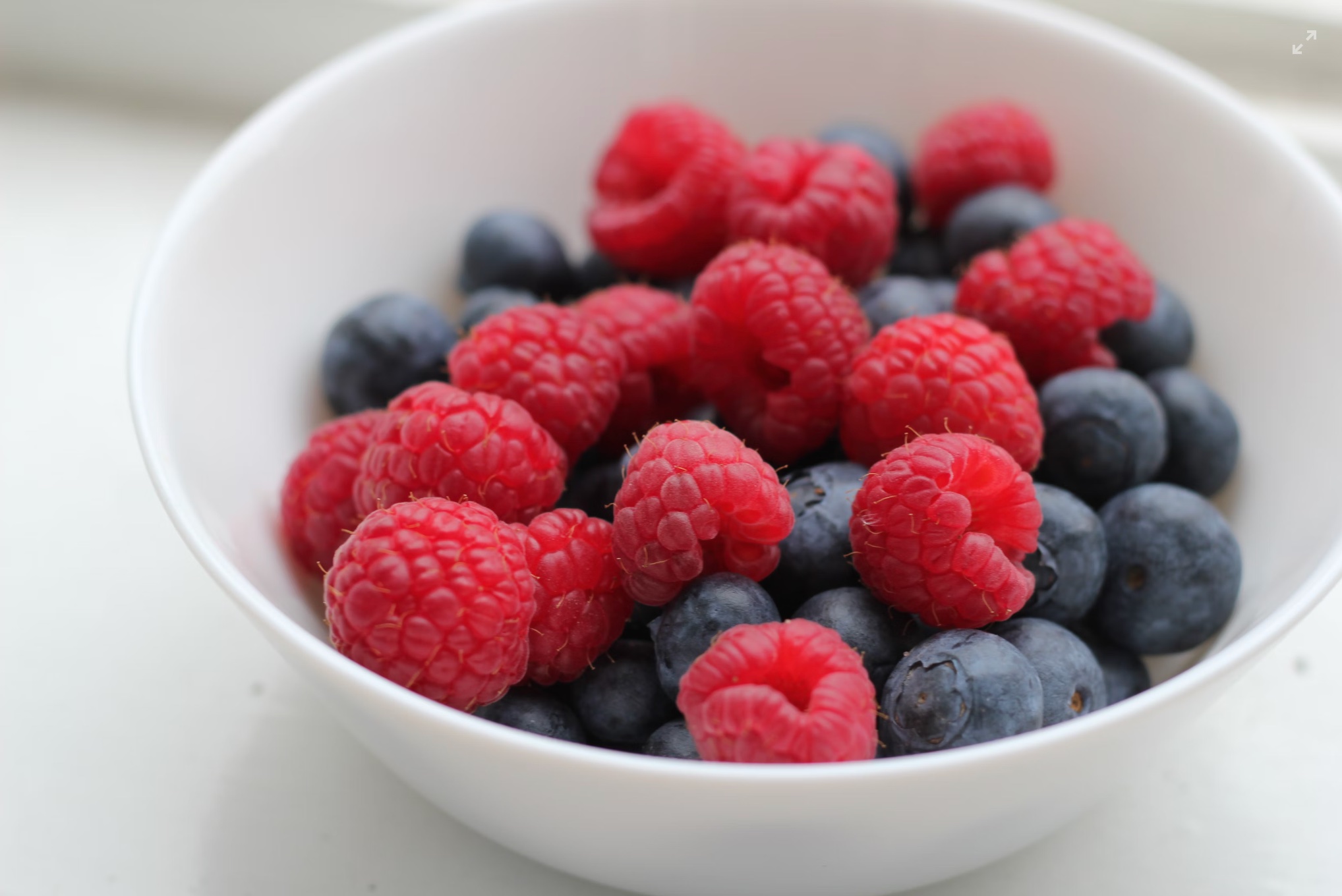How to Eat for PMS Relief

Up to 90% of menstruating women experience premenstrual syndrome (PMS)—often marked by mood swings, bloating, fatigue, irritability, and cravings. While these symptoms are common, they’re not inevitable. One of the most effective ways to reduce their intensity is through targeted nutrition.
This guide brings together science-backed strategies to help you eat in sync with your cycle. From balancing blood sugar to reducing inflammation, each section offers practical, food-first approaches to support your hormonal health before your period.
🌿 Why Nutrition Matters for PMS
PMS symptoms often intensify in the luteal phase—the 1–2 weeks before your period—when estrogen drops, progesterone rises, and your serotonin levels fluctuate. Diet plays a major role in how your body manages these shifts.
🧬 The right foods can support hormone metabolism, gut health, and mood-regulating neurotransmitters like serotonin.
🍽️ Core Strategies for PMS-Relief Nutrition
1. Eat More Anti-Inflammatory Foods
Chronic inflammation can worsen cramps, mood swings, and fatigue. A diet rich in leafy greens, omega-3s, whole grains, and colorful fruits can reduce inflammatory markers.
→ Read: Anti-Inflammatory Recipes for PMS →
2. Focus on Hormone-Supportive Nutrients
Magnesium, calcium, vitamin B6, and omega-3s are all associated with fewer mood-related PMS symptoms.
→ Explore: Best Foods to Ease PMS Mood Swings →
3. Balance Blood Sugar to Avoid Crashes
Fluctuating blood sugar is directly linked to mood changes and cravings. Skipping meals or eating too much sugar can cause hormonal imbalances and make PMS symptoms worse.
→ See: How Sugar Affects Your Cycle →
4. Avoid Common PMS Triggers
What you cut out is just as important as what you eat. Limiting alcohol, refined sugar, caffeine, and ultra-processed foods can drastically reduce symptom severity.
→ Check: What to Avoid Before Your Period →
5. Support Your Gut for Hormonal Balance
Your gut microbiome affects how your body processes estrogen, serotonin, and inflammation. A healthy gut = a healthier cycle.
→ Read: Gut Health and PMS Connection →
🧭 Putting It All Together
Start applying these principles in the second half of your cycle—the luteal phase (roughly day 15 to 28). Here’s a simple plan:
- ✅ Add magnesium-rich greens, fatty fish, and whole grains
- ✅ Swap refined snacks for fiber-rich, whole food alternatives
- ✅ Include probiotics and prebiotics daily
- 🚫 Cut back on alcohol, added sugars, and caffeine
📌 Final Thoughts
Nutrition alone won’t eliminate PMS—but it can significantly lessen its intensity and improve your quality of life. By listening to your body and eating in sync with your hormonal shifts, you give yourself a powerful tool for long-term relief.
✨ Your cycle is not a burden—it’s a barometer of health. Use food to support it.
Explore the Full PMS Nutrition Series: